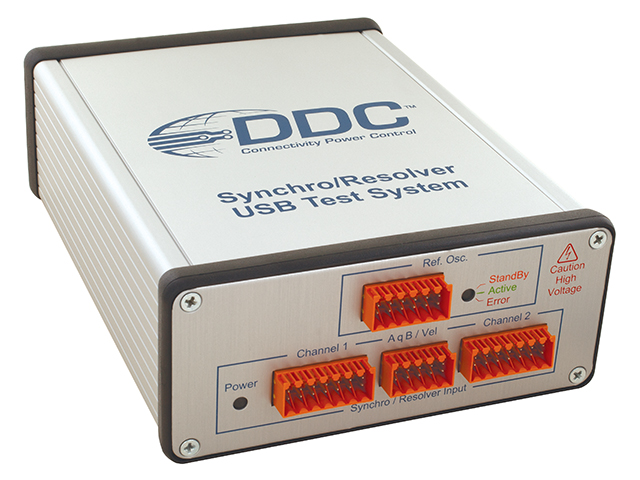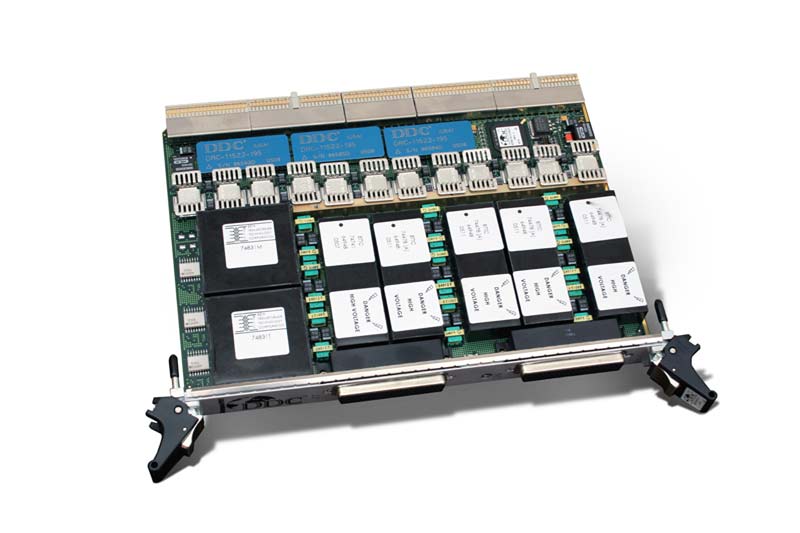

The most critical electrical parameters and the respective typical specifications are summarized in Table 1. Resolver electrical signal representation.Ī resolver sensor has a unique set of parameters that should be considered during the design phase. The sine signal has maximum amplitude at 90° and 270° and the cosine signal has maximum amplitude at 0° and 180°.

A graphical representation of the excitation signal and the sine and cosine output signals is shown in Figure 2. The two output signals are modulated by the sine and cosine of the shaft angle. Where: θ is the shaft angle, ω is the excitation signal frequency, E 0 is the excitation signal amplitude, and T is the resolver transformation ratio. Equation 2 is the sine signal Equation 3 is the cosine signal. The relationships between the resolver input and output voltages are shown in Equation 2 and Equation 3. Because the secondary windings are displaced mechanically by 90°, the two output sinusoidal signals are phase shifted by 90° with respect to each other.

The amount of coupling onto the secondary windings is a function of the position of the rotor relative to that of the stator, and an attenuation factor known as the resolver transformation ratio. When the primary winding, R1 – R2, is excited with a sinusoidal signal as expressed in Equation 1, a signal is induced in the secondary windings. Figure 1 shows classical and variable reluctance resolvers. Their primary and secondary windings are all on the stator, but the saliency (exposed poles) of the rotor couples the sinusoidal variation in the secondary with the angular position. Variable reluctance resolvers, on the other hand, have no windings on the rotor. Standard resolvers have a primary winding on the rotor and two secondary windings on the stator. Employed in industrial motor controls, servos, robotics, power-train units in hybrid- and full-electric vehicles, and many other applications that require precise shaft rotation, resolvers can withstand severe conditions for a very long time, making them the perfect choice for military systems in harsh environments. Resolvers, electromechanical sensors that measure precise angular position, operate as variable coupling transformers, with the amount of magnetic coupling between the primary winding and two secondary windings varying according to the position of the rotating element (rotor), which is typically mounted on the motor shaft.
#Synchro resolver with respect to api pdf
Jakub Szymczak, Shane O’Meara, Johnny Gealon, andĬhristopher Nelson De La Rama Download PDF Introduction Precision Resolver-to-Digital Converter Measures Angular Position and Velocity


 0 kommentar(er)
0 kommentar(er)
